
Clarifying Rates of Methylmercury Production
New model provides more accurate estimates of how fast microbes produce a mercury-based neurotoxin.

New model provides more accurate estimates of how fast microbes produce a mercury-based neurotoxin.
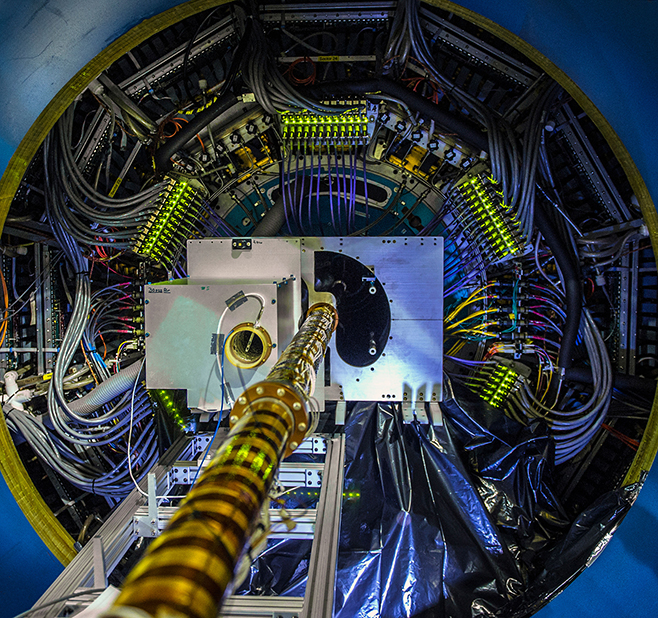
First direct measurement show how heavy particles containing a charm quark get caught up in the flow of early universe particle soup.
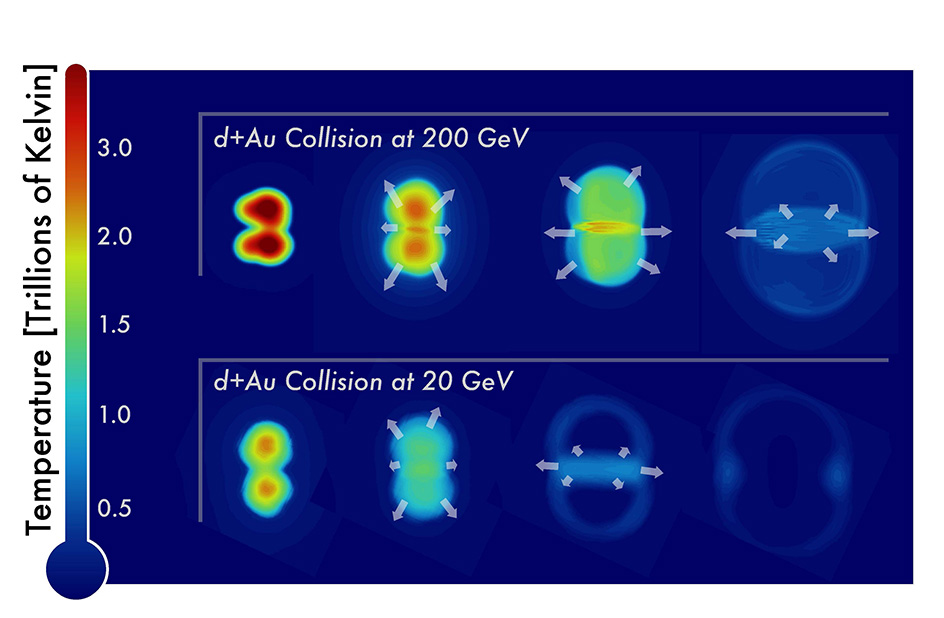
Particle flow patterns suggest even small-scale collisions create drops of early universe quark-gluon plasma.

The first-ever computation of an atomic nucleus, the deuteron, on a quantum chip demonstrates that even today’s rudimentary quantum computers can solve nuclear physics questions.

Elegant techniques of trapping and polarizing atoms open vistas for beta-decay tests of fundamental symmetries, key to understanding the most basic forces and particles constituting our universe.
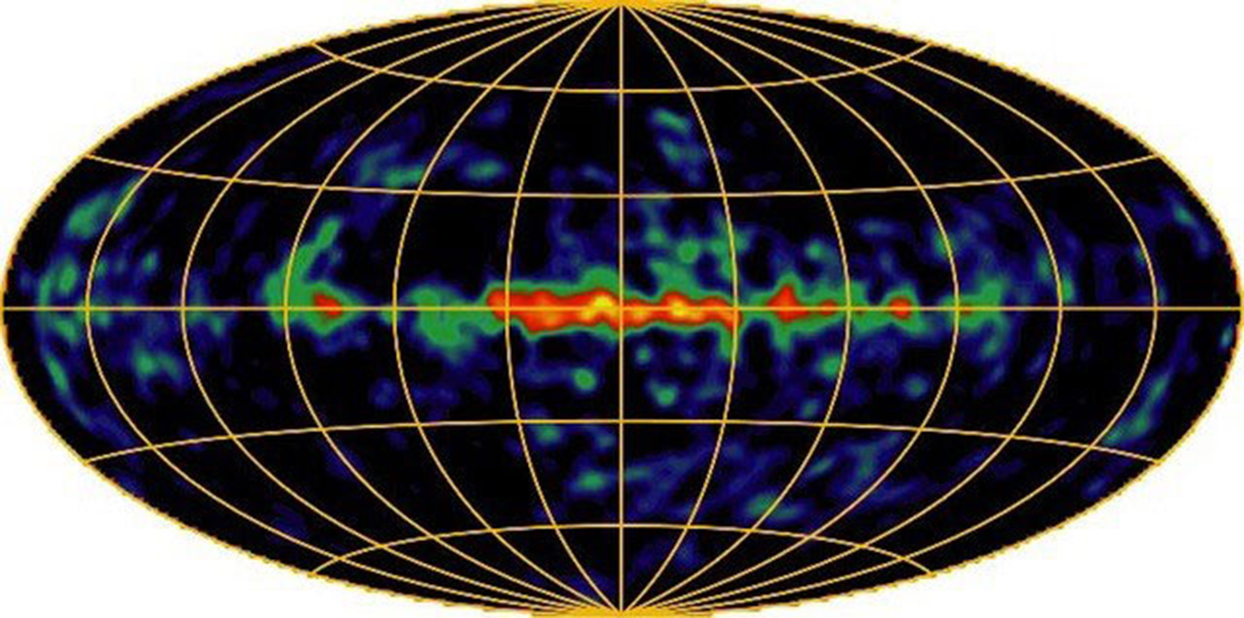
A new measurement using a beam of aluminum-26 prepared in a metastable state allows researchers to better understand the creation of the elements in our galaxy.
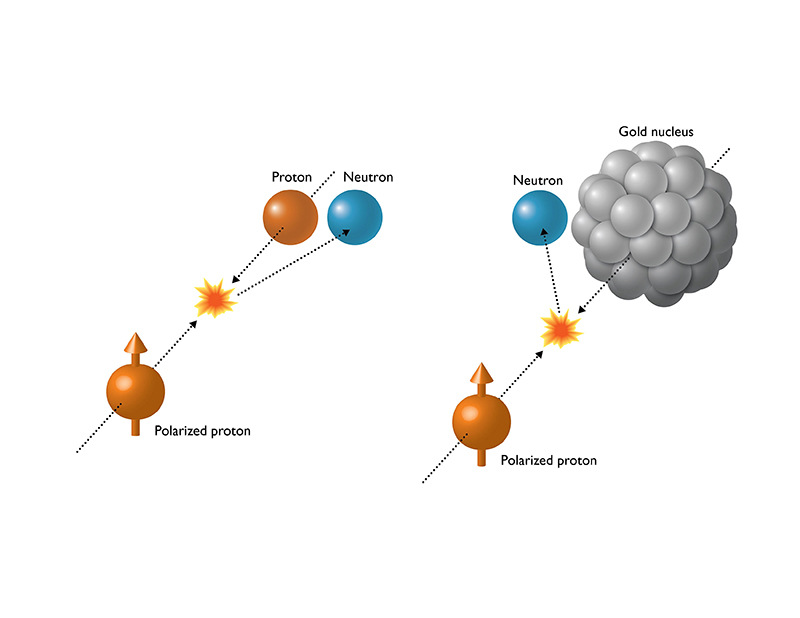
The size of a nucleus appears to influence the direction of certain particles emitted from collisions with spinning protons.
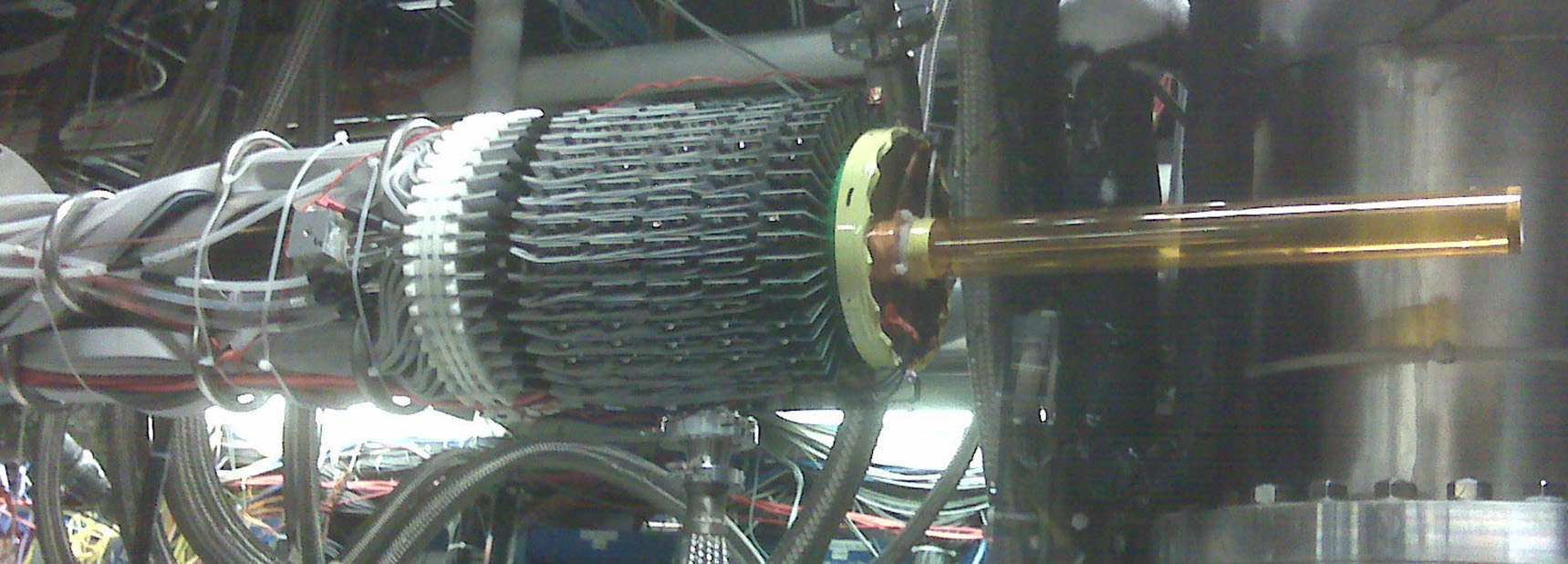
Scientists obtain the first exclusive measurement of deeply virtual Compton scattering of electrons off helium-4, vital to obtaining an unambiguous 3-D view of quarks and gluons within nuclei.

The CUORE experiment set the tightest limits yet on the rare decay of tellurium-130, providing insights into the nature of neutrinos.
Signup for the Office of Science’s GovDelivery email service, and check the box for the Nuclear Physics Program in your subscriber preferences.
Subscribe